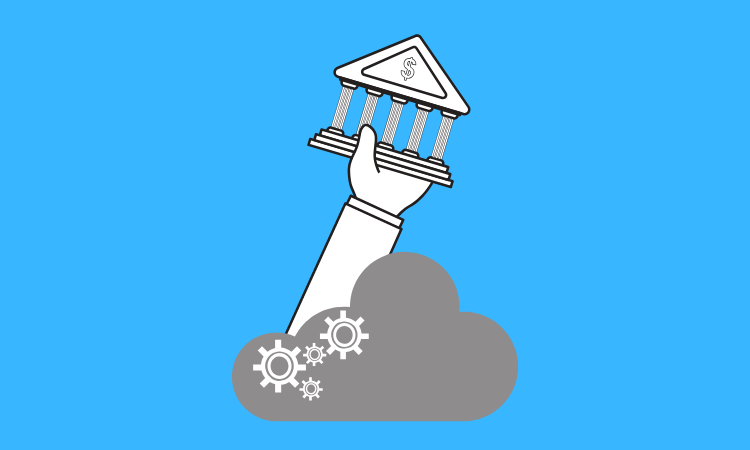Banking as a service
Behind BBVA’s ramp of its Banking as a Service offering in the US
- BBVA built its banking as a service platform to service its own in-house banking brands.
- Now, the global bank wants to white label its banking services to the broader US technology market.








